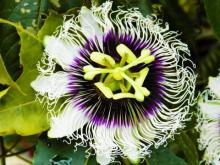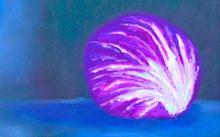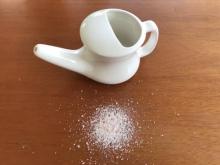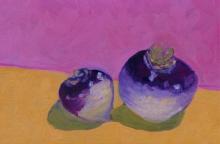Superfoods 101: Passion Fruit’s Many Health Benefits
Passion fruit is a member of the family of Passifloraceae in the genus Passiflora and is native to the wild regions of subtropical South America. It was introduced in Hawaii and Australia but succumbed to viruses and could not be sustained as a commercial crop in either region.







